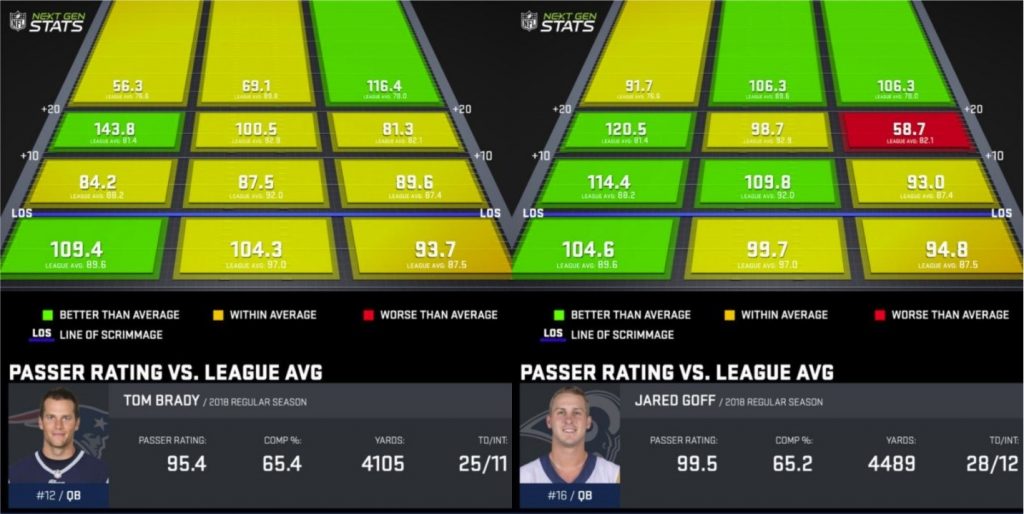Introducing Scraptitude’s Fighter Dominance Rating
FDR is the first-ever advanced analytic in MMA/ The UFC. Allow us to explain.

~A Scraptitude Production ~
MMA is incredibly volatile.
In one football season, a player has a minimum of 16 scheduled games. By comparison, most fighters never reach 16 UFC appearances. With a limited sample size of fights, both quantitative and qualitative analysis suffer in depth and accuracy. This has given way to the methodical observationalists (AKA “film grinders”), who specialize in highly detailed descriptions of what has taken place in a fight or combat sequence. This type of analysis exists across all sports.
To put it plainly, data analytics are not en vogue when it comes to combat sports. The diversity of promotions, fight-to-fight volatility, and the irregularity of competition have all done their best to keep combat sports analysis in the qualitative sphere.
The UFC, however, changed the game with their stats page. In a neanderthalic way, this is the organizations’ version of the NFL’s “Next Gen” stats, chronicling the performance of all to have competed under the Zuffa/WME banner. While the UFC database is rudimentary, mostly composed of strike and takedown tallies, some of which are arbitrarily rate-adjusted, it still offers value when thoughtfully implemented. Unsurprisingly, the undertaking has been met with criticism, not so different from the initial reception of the NFL’s own project.

The struggle against analytics among UFC observers is overwhelmingly attributed to the lack of baked-in context to the individual data points. At a surface level, Irene Aldana has better wrestling statistics than Khabib Nurmagomedov (obviously not a better wrestler). While the tweet below is clearly tongue-in-cheek, it does well to summarize the widespread sentiment that numbers are worthless for representing fighter performance.
These concerns are justified. Anyone trying to gauge which fighters are good or bad based on the UFC stat sheet is in for a laborious task. There’s no integrated way to cross-reference fighters, nor is there a common understanding for which data points demonstrate actual success.
Enter: Fighter Dominance Rating (FDR)
FDR is a groundbreaking analytic copyrighted by Scraptitude LLC. The goal? To assess average fighter dominance in isolation from their losses. The early results have been remarkable. Because FDR accounts for grappling and striking criteria, both in the offensive and defensive regard, it’s unique in its ability to rate a fighter.
The lone contingency for FDR is the number of bouts a fighter has registered in the UFC Stats database. Fight-to-fight volatility is best countered by having a large enough sample size to encompass a variety of stylistic challenges. One should be measured in making FDR-based conclusions about a fighter with less than 10 registered bouts. That said, FDR can be applied to fighters with less than 10, with the goal of uncovering under-the-radar prospects and small-sample excellence.
The qualities that Scraptitude emphasizes in FDR include measures of lethality, efficiency, and rate-adjusted averages. As vague as that may sound, in the FDR formula, these variables are counterbalanced in such a way that produces consistent results.
Where FDR Shines:
The Scraptitude analytics database currently hosts over 180 fighters. Among those with 10 fights or more, we see the following in the FDR top-10:
- Georges St. Pierre – 11.35
- TJ Dillashaw – 11.10
- Khabib Nurmagomedov – 10.55
- Jon Jones – 9.92
- Joanna Jedrzejczyk – 9.43
- Kamaru Usman – 9.04
- Amanda Nunes – 8.95
- Max Holloway – 8.47
- Anderson Silva – 7.69
- Thiago Santos – 7.34
All of these fighters have either been contenders or champions. While this list probably doesn’t constitute anyone’s personal top-10, all of the included fighters have performed at an elite level, thus demonstrating FDR’s validity. Among fighters with 10 fights in our database, the average FDR is 4.1. No current champion has an FDR under 5.
When we break the threshold down to a minimum of 5 catalogued bouts, the results are far less predictable, but no less intriguing:
- Magomed Ankalaev – 12.77
- Petr Yan – 12.72
- Tatiana Suarez – 12.01
- Gregor Gillispie – 11.36
- Georges St. Pierre – 11.35
- T.J. Dillashaw – 11.10
- Khabib Nurmagomedov – 10.55
- Jon Jones – 9.92
- Maycee Barber – 9.67
- Joanna Jedrzejczyk – 9.43
Some of these names are bound to raise an eyebrow. We are occasionally going to run into fighters who benefit from a small sample size, but haven’t been adequately tested. In this case, I’d venture to say that the new additions to this list are worthwhile. Petr Yan is a champion. Magomed Ankalaev is the most tantalizing prospect in the light heavyweight division. The same can be said of Suarez at strawweight. Gillispie at 33-years-old and Barber at 22 are some of the sport’s most intriguing post-hype sleepers.
The Limitations of FDR:
There are variables FDR chooses to neglect. Among these are durability (metric coming soon!), Winning percentage (WIN%), and age.
Any analytic will have shortcomings; equations are static, and the introduction of additional variables can come at the expense of overall validity. Each variable must be weighed against the others such that no one data point dominates results. At this juncture, we are better off cross-referencing FDR with the aforementioned variables when evaluating a fighter.
To provide some examples of cross-referencing:
If a fighter is outside their prime, their performance will be suboptimal regardless of their FDR or WIN%. If a fighter is proficient in all aspects of the sport but struggles with durability, their margin for error is limited and their probability of defeat increases. If a fighter is of prime age with a high FDR but has an underwhelming WIN%, this could be an indication that they struggle with cardio, durability, or fight IQ, and it could be a good idea to check the tape or fight log. Meanwhile, if a fighter has a high WIN% but doesn’t pop in terms of FDR, their average margin of victory is decidedly modest, and they will likely falter at the highest level.
Conclusion:
This article coincides with the soft launch of our analytics database. If interested, direct message Scraptitude for access. This database is a living document that will be updated as the fighters compete. New athletes will be added over time, as will new, before-unseen analytics.
Our goal isn’t to become the analytical meta or to disparage those who rely exclusively on qualitative analysis. Rather, we hope to provide a way for new fans to engage with the sport and its athletes, to determine who to watch for and why. We hope to provide another source of reputable information for gamblers and content creators. We hope to supplement the optics of our wonderful sport with numerical representation.
The way we see it, the analytics age is coming regardless of the current status of the UFC or MMA in general. Data-driven decision making has reshaped the industrial paradigm, from Wall Street to dating to baseball. Now it’s coming to our sport. We are carrying the torch.



